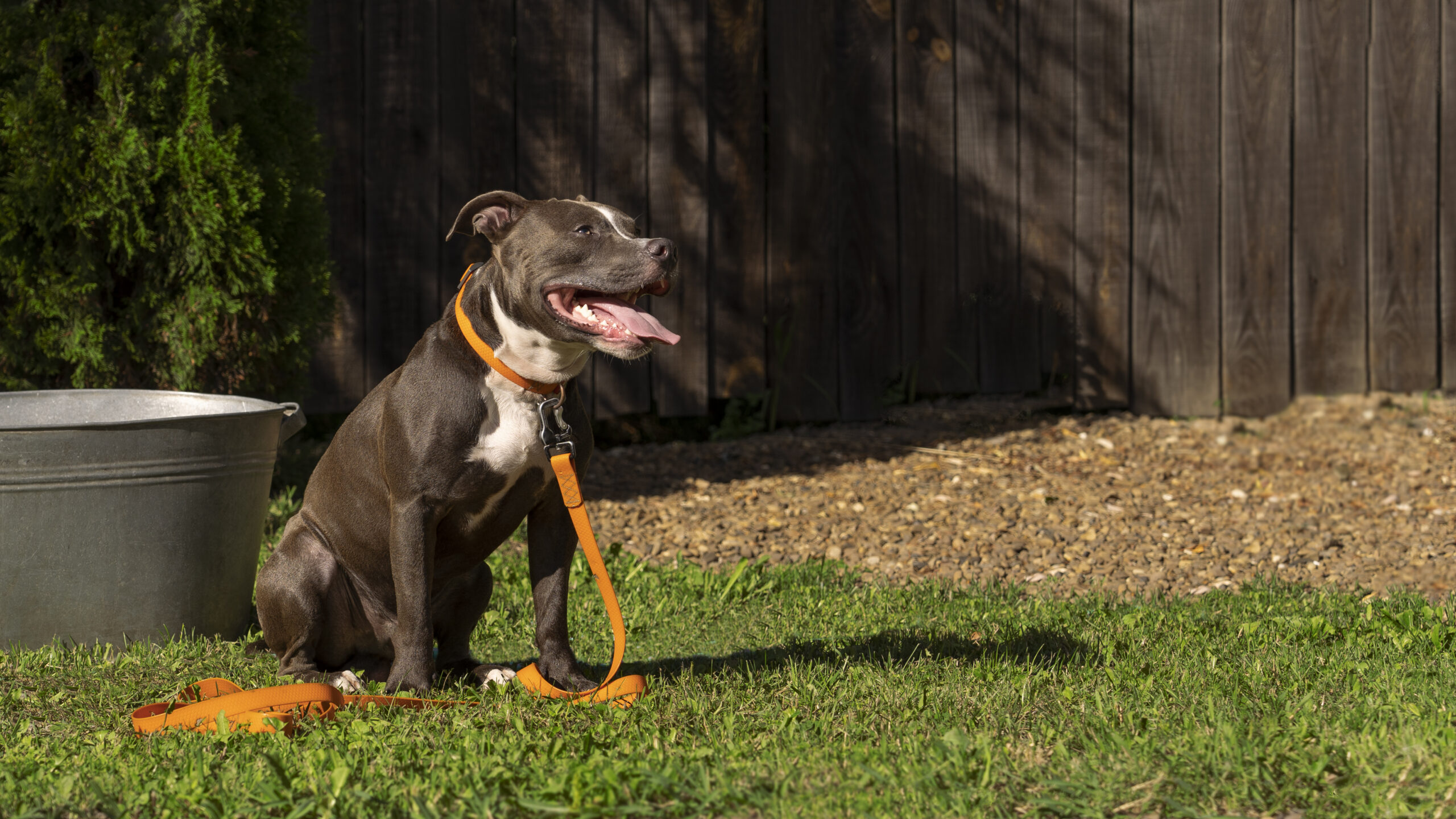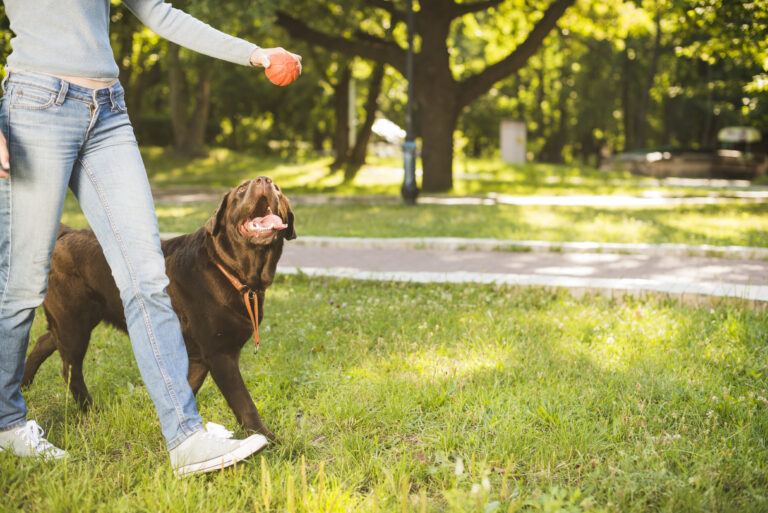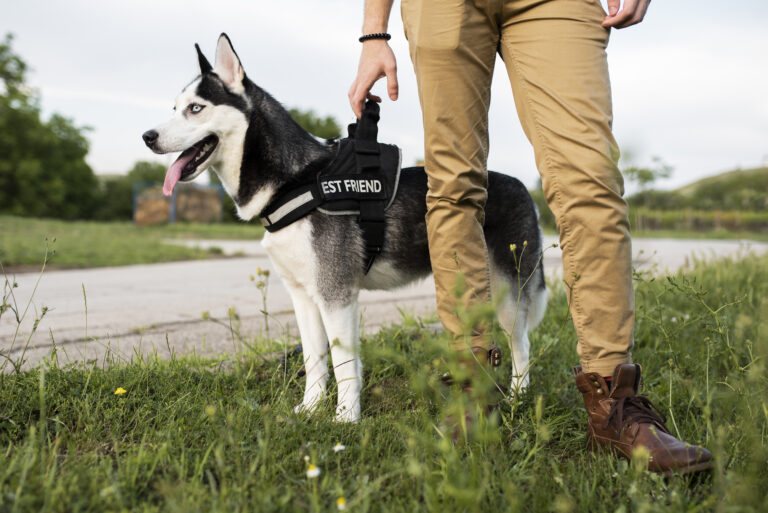Creating a Training Schedule for your Dogs: How to Balance Consistency and Flexibility
Creating a training schedule for your dogs is essential for achieving successful results. By balancing consistency and flexibility, you can ensure that your pet receives the structure they need while also adapting to their unique personality and needs. Recent studies have shown that dogs thrive on routine, yet overly rigid schedules can lead to unnecessary stress and burnout. Striking the right balance between consistency and flexibility is the cornerstone of effective training. This harmony not only caters to the dog’s evolving needs but also aligns with the unpredictability of a handler’s daily life.
The roots of dog training date back decades, when uniformity was emphasized over adaptability, often leading to challenges. Today, experts advocate for a 70-30 rule: 70% structure and 30% flexibility. This approach nurtures well-adjusted dogs, responding better to training, reducing behavioral issues, and fostering a stronger bond with their handler.
Balancing consistency and flexibility in a dog training schedule involves maintaining structured routines while allowing adaptations for each dog’s unique needs. Employ the 70-30 rule, dedicating 70% to consistent practices and 30% to flexible adjustments. This approach nurtures learning, accommodates unforeseen events, and enhances trainer-dog rapport effectively.

Creating a Training Schedule for your Dogs: Balancing Consistency and Flexibility
Creating a training schedule for your dog involves more than just setting a routine. A consistent routine helps dogs understand what’s expected of them. It builds a solid foundation for learning new commands. However, having a flexible approach is important, too. Flexibility helps address unexpected events like weather changes or family commitments.
Balancing consistency and flexibility can initially seem tricky. Yet, it’s key to adapt to your dog’s needs while maintaining structure. For instance, if your dog struggles with a command, spend more time on it. Adjust your schedule but stick to regular times for practicing. This sets a rhythm without causing confusion.
A typical training schedule might include daily sessions. Here’s an example of how it could look:
| Time | Activity |
|---|---|
| 8:00 AM | Basic Commands |
| 12:00 PM | Interactive Play |
| 6:00 PM | Walking and Socialization |
This table shows a structure that’s easy to follow but allows some leeway. Making sure both trainer and dog are comfortable can lead to better results. Also, it teaches patience and adaptability, valuable traits for any pet owner. Remember, each dog is unique and might need slightly different scheduling tweaks.
5 Dog Training Exercises You Should Do EVERY DAY At Home!
Developing Consistent Patterns in Training
When developing consistent patterns in dog training, start by setting clear goals. These goals could include mastering basic commands like sit, stay, or come. Consistency means using the same words and actions each time. This repetition helps your dog catch on faster. It creates a routine they can predict and understand.
Breaking down training into smaller, manageable sessions is essential. For example, aim for three 10-minute sessions each day. This keeps your dog focused without overwhelming them. Regular breaks for playtime are also important. They help reinforce that training can be fun.
Utilizing a training journal can be very beneficial. Here’s a sample of what it might include:
| Date | Command Practiced | Notes |
|---|---|---|
| Monday | Sit | Improved focus |
| Tuesday | Stay | Needs more practice |
Keeping track of progress helps identify what works and what doesn’t. It’s a useful tool to ensure consistency in training patterns. Over time, both you and your dog will become more efficient. Consistency builds a clear understanding between you and your dog. This strengthens your overall bond and boosts confidence.
The Role of Flexibility in a Dog’s Training Schedule
The role of flexibility in dog training is vital for success. While consistency builds a foundation, flexibility allows space for adjustments. Dogs may have off days, just like humans. Adapting the schedule can prevent frustration and stress. This ensures a positive experience for both handler and dog.
Flexibility doesn’t mean neglecting structure altogether. It’s about recognizing when things aren’t working and trying new approaches. For instance, if a dog isn’t responding to a specific command, vary the training environment. Changing locations can boost interest and focus. This keeps the training dynamic and effective.
Here are some benefits of incorporating flexibility:
- Reduces boredom by mixing up routines.
- Helps accommodate unexpected changes in daily life.
- Encourages creative problem-solving during training.
- Strengthens the bond through adaptive learning experiences.
When implemented wisely, flexibility enhances training outcomes. It creates a balance that nurtures learning while respecting natural behavior. Dogs become more adaptable and enthusiastic learners. By blending structure with an open-minded approach, training remains both productive and enjoyable. This leads to a well-adjusted pet that thrives in various situations.
The Significance of the 70-30 Rule: Striking the Balance
The 70-30 rule in dog training suggests dividing your approach into 70% structured routines and 30% flexibility. This method is significant because it blends order with adaptability. The structured part ensures your dog learns essential commands consistently. It helps in setting expectations and creating a reliable pattern. Meanwhile, incorporating flexibility allows the trainer to adapt to varying situations.
This balance benefits both the dog and the handler. For instance, a structured routine might focus on commands like “sit” or “stay.” However, the flexible portion can include fun activities like playtime or exploring new environments. This mix keeps training sessions interesting and engaging. It reduces boredom and enhances overall learning.
Following the 70-30 rule includes several advantages:
- Encourages efficient learning by maintaining focus on key skills.
- Allows space for creativity and spontaneous bonding moments.
- Enables adjustment to changes or distractions without breaking the routine.
- Promotes mental stimulation through varied learning experiences.
A sample schedule incorporating this rule might look like this:
| Time | Activity Type |
|---|---|
| Morning | Structured Training (Basic Commands) |
| Afternoon | Flexible Activities (Play or Exploration) |
Using this approach supports a dog’s comprehensive development. It ensures they are well-rounded and adaptable in different settings. Consequently, the overall training process becomes smoother, leading to positive results. Implementing the 70-30 rule truly strikes a meaningful balance in dog training.
Training Schedule Adjustments: Catering to Your Dog’s Specific Needs
Catering to your dog’s specific needs involves tailoring their training schedule. Each dog is unique, and their learning pace can vary widely. Some dogs might grasp commands quickly, while others need more time. Observing your dog’s behavior helps identify when adjustments are necessary. It’s essential to keep an open mind to change for better results.
Adaptable training schedules ensure that your dog gets the attention they need. For instance, if your dog shows signs of stress or distraction, shorten the sessions. On the other hand, if they are showing enthusiasm, increase the time spent on training. Flexibility in timing can help maintain your dog’s interest. Ultimately, the goal is a well-adjusted pet capable of learning in various scenarios.
Recognize and include different learning styles for effective training. Here are some elements you might adjust:
- Command difficulty to match their understanding
- Location to reduce distractions or encourage socialization
- Reward types to motivate specific behaviors
- Session length based on their focus and energy levels
Building a schedule that considers these aspects can significantly impact success. Track changes and note improvements or setbacks in a journal. Patterns will emerge over time, helping refine the schedule further. By being responsive to your dog’s individual needs, training becomes a more enjoyable and productive process for both pet and owner.
Tips for Maintaining an Effective and Balanced Dog Training Schedule
A balanced dog training schedule is crucial for steady progress. Start by setting aside regular time slots each day dedicated to training. Consistency is key, helping your dog know when to expect training. Ensure these sessions are neither too long nor too short. Finding the right duration keeps your dog engaged and prevents boredom.
Incorporate positive reinforcement to encourage good behavior. Dogs respond well to praise and treats, which motivate them to learn. Consider using a mixture of verbal praise, treats, and playtime. This variety keeps the training sessions fresh and enjoyable. Reward-based systems also build positive associations with learning.
Maintain flexibility in your approach to adjust for your dog’s mood and energy levels. If your dog seems uninterested, try changing the setting. New environments can spark curiosity and engagement. Alternatively, you may need to adjust the difficulty of tasks. Adapting keeps your dog motivated and ensures effective learning.
Set specific goals for each session to track your dog’s progress. Have a checklist of commands or behaviors you want to focus on. Doing this helps you remain organized and allows you to gauge improvement. Adjust goals as your dog masters different commands. This dynamic approach ensures training remains relevant and challenging.
Remember to keep records of what works and what doesn’t. Here’s a simple table to track some essential elements:
| Session Date | Focus Area | Notes |
|---|---|---|
| April 1 | Leash Walking | Improvement needed |
| April 3 | Recall Command | Responded well |
By implementing these tips, you can develop a productive training regime. This structured yet flexible approach will help make the training successful and enjoyable for both you and your dog. Balancing structure with adaptability ensures a well-adjusted, happy pet.

Frequently Asked Questions
Training dogs effectively involves a blend of methodical approaches and adaptability. Here, we address common questions about striking the right balance for your pet’s training journey.
1. Why is consistency important in dog training?
Consistency is crucial because it helps dogs learn and remember commands. When instructions and rewards are the same each time, dogs understand what is expected of them, which builds confidence and reduces confusion.
Moreover, consistent training schedules establish predictable routines for your dog. This predictability can reduce anxiety and create a sense of security, enhancing their ability to focus and learn during each session.
2. How can flexibility enhance a dog’s training schedule?
Flexibility allows training to remain relevant and responsive to a dog’s changing needs. By adapting the schedule, trainers can address specific challenges or incorporate new learning opportunities, making sessions more engaging and effective.
Additionally, flexibility aids in accommodating unexpected events or distractions. By remaining flexible, trainers can maintain the momentum of training, ensuring continuous progress and avoiding frustration for both the dog and the handler.
3. What is the role of positive reinforcement in dog training?
Positive reinforcement plays a key role in encouraging desired behaviors. By rewarding dogs with treats, praise, or playtime, trainers can motivate dogs to repeat actions that earn them these rewards, making learning more enjoyable.
This approach not only builds a strong, trusting bond between dog and trainer but also increases the likelihood of successfully teaching new commands. It fosters a positive environment where dogs feel confident and willing to learn.
4. How often should training sessions be scheduled?
Training sessions should be frequent but short, ideally two to three times daily. Short sessions help maintain the dog’s interest and attention, preventing them from becoming overwhelmed or bored.
Regular practice reinforces learning and helps dogs retain new commands. It’s crucial to observe the dog’s energy and adjust the training schedule accordingly to keep the sessions effective and enjoyable.
5. Can environmental changes impact a dog’s training progress?
Yes, changes in environment can significantly affect a dog’s training progress. New settings can introduce unexpected stimuli, which may either distract or stimulate the dog’s learning process.
By occasionally training in different environments, trainers can help improve the dog’s adaptability and generalization of commands. This exposure ensures that the dog can perform reliably across various situations and locations.
Developing Your Dog’s Training Plan
Conclusion
Finding the right balance between consistency and flexibility is key to effective dog training. By combining a structured routine with adaptable elements, trainers can cater to the unique needs of each dog. This approach not only enhances learning but also fosters a stronger bond between the trainer and the dog.
Through consistent practice and positive reinforcement, dogs become more confident and willing learners. Adapting to their needs further keeps the training dynamic and enjoyable. Ultimately, this balanced strategy ensures that both trainers and dogs achieve their goals and enjoy the training process together.




